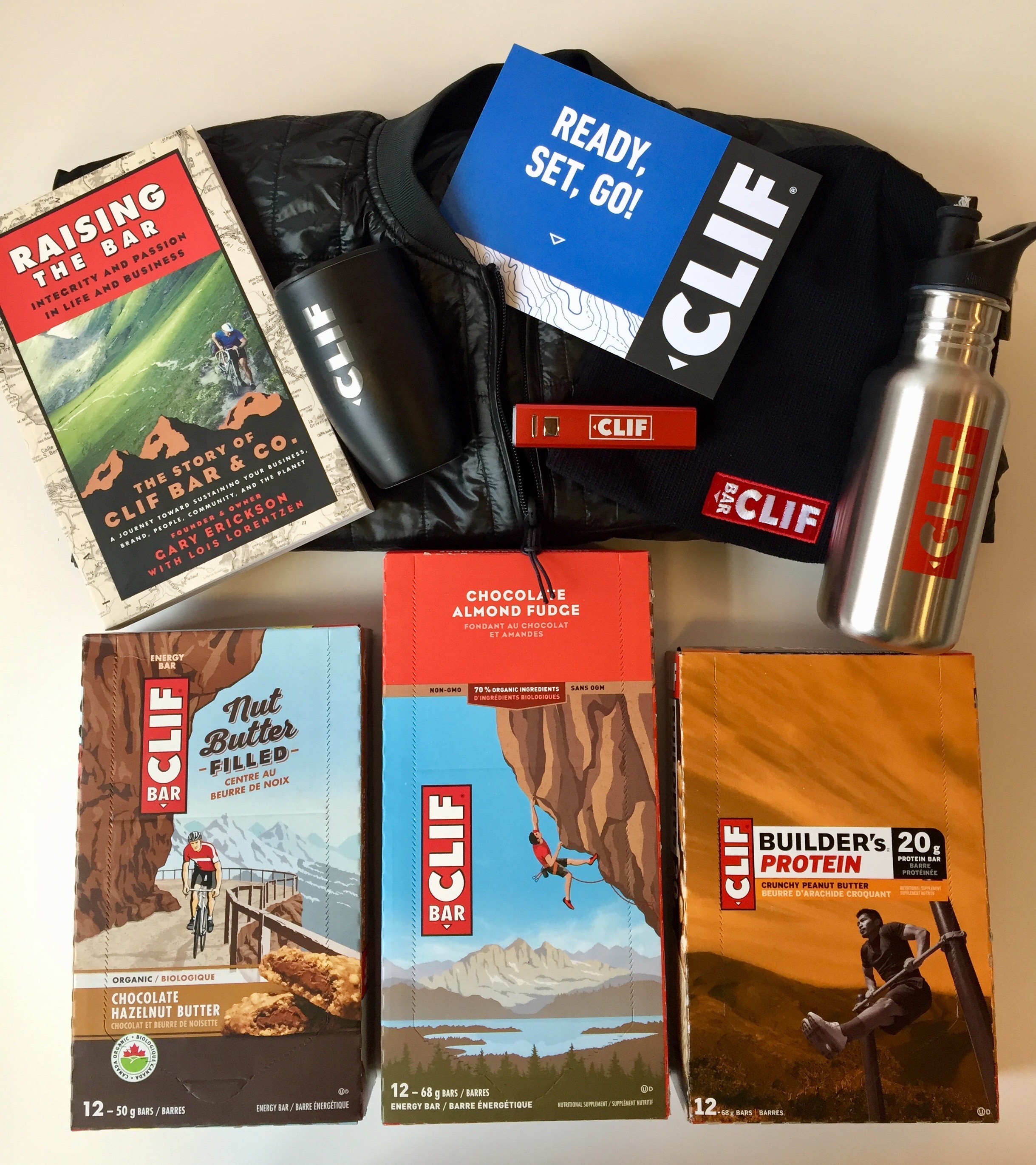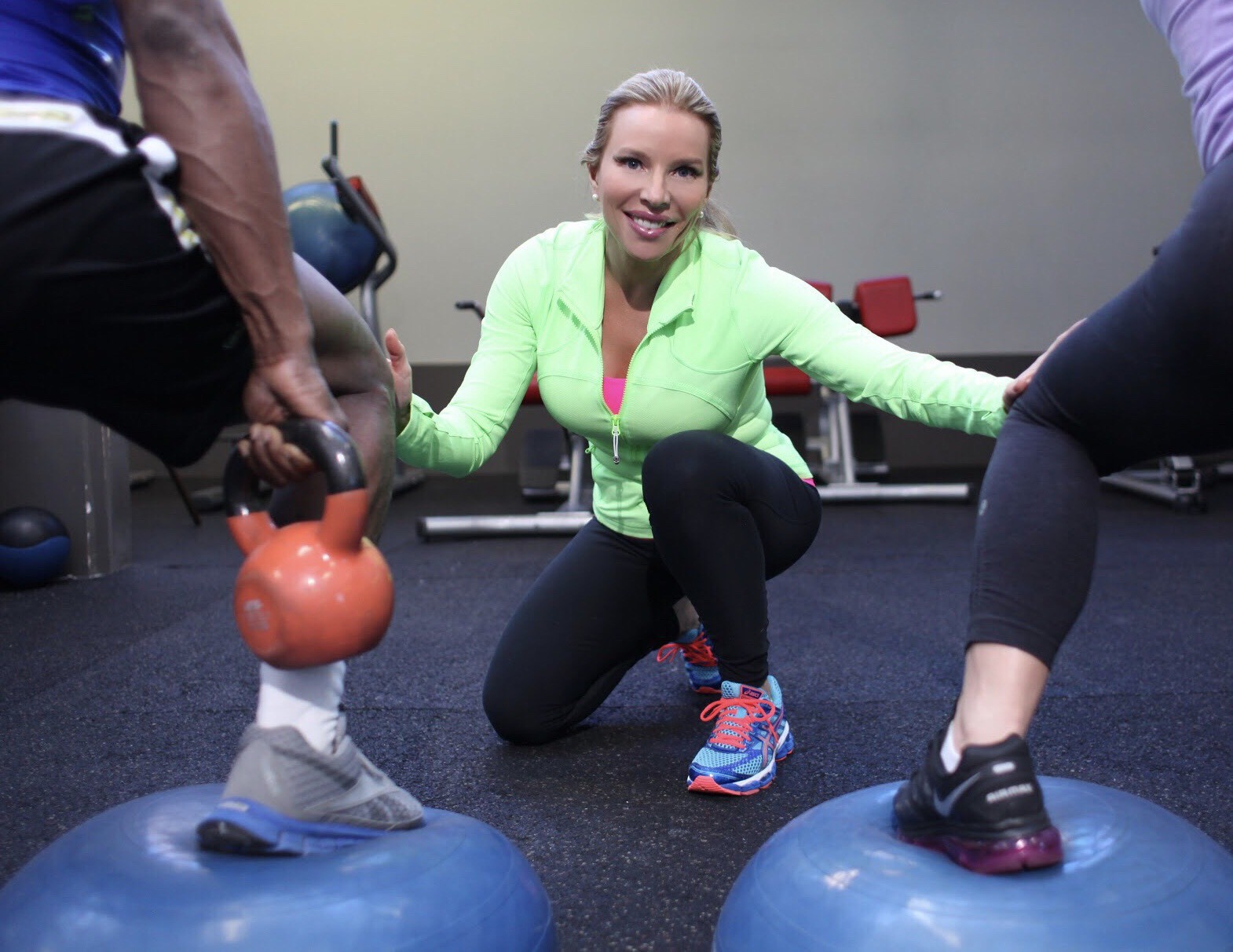Nanci S. Guest is a registered sports dietitian, personal trainer who has been the head dietitian for the 2010 Winter Olympics and the 2015 Pan Am games as well as helping many international and national athletes for Sochi 2014, and Rio 2016, and a CLIF Bar Nutrition Ambassador. She’s completed breakthrough research in the cutting-edge new field of nutrigenomics, and has spent this year working on her Ph.D. in that field and speaking at Sport Science conferences. We sat down to speak with her about the upcoming PyeongChang Olympics, her work with pro athletes, and essential nutrition and fitness tips that we “normals” can tackle with ease.
What does a day look like in the life of an Olympic athlete in the weeks leading up to the games, nutrition-wise, especially with the recent virus being passed around?
Now we have to focus on sports psychology and the mental game, team camaraderie, and keeping athletes healthy while they undergo increased stressors such as extended travel, sleep disruption and pre-game jitters. But our Canadian athletes have a tremendous amount of support, by the best sports healthcare team members in the country. For example, we have had dietitian planning meals and snacks and sourcing special foods for several months. They arrived in Pyeongchang about two weeks ago to ensure that feeding our athletes high-quality nutrition throughout these next few weeks, is seamless and stress-free.
What does the daily meal regiment of a professional Canadian athlete look like, and how does that change when it comes to training for a big moment like the Olympics or the Pan Am games?
We focus on whole foods, we definitely don’t fear carbs, but we do fuel training appropriately. We call this CarbSmart or periodized carbs – meaning more carbs on training days and less on rest of light days. High-quality lean protein such as fish, beans/lentils, Greek yogurt, eggs, poultry and some red meat is eaten every 3-4 hours to ensure muscles are repairing from workouts that can take 24-48 hrs to recover from.
What are some healthy eating hacks that us everyday people can tackle without stressing, and can you give some pointers for those who are both looking to bulk up, and slim down body mass?
For slimming down: veggies, veggies, veggies and lean protein! Raw veggies with a dip consisting of ¾ cup plain nonfat Greek yogurt (18 g of high-quality protein) plus 2 tbsp of your favourite salad dressing for flavour. For bulking up, a big dose of protein pre-bed 30-40 grams – overnight a ton of repair occurs but only if the amino acids (broken down protein) are available to do the job! Finishing dinner at 7 PM means that from 11 PM to next morning’s breakfast, you had no circulating amino acids. We don’t store protein, it’s only available for 3-4 hours after eating. So frequent ingestion is key.
How does a dietician help keep your health on track, and why is it important for everyone to have one?
We’re trained, and have a code of ethics. Otherwise, it’s the wild west, and the internet is filled with incorrect and sometimes dangerous information. We can help you navigate the crazy world of nutrition. I’ve learned there are three topics where people have extremely strong opinions: politics, religion and nutrition. You need to seek out professional advice. Please don’t listen to “the guy on the internet”, or gym buddies, your co-workers or that neighbour who found the perfect diet, I can almost guarantee it’s not right for you.
What are the best foods to fuel a workout, and to recover from one? Can you include some favourite breakfasts and dinner go-to meals for your pros?
Fuel: Energy bars – look for low fat, moderate carbs and protein. A banana with a smear of peanut butter, add a cup of milk too. Yogurt + fruit. Half a PB + sliced strawberry sandwich.
My breakfast favourite: oatmeal, frozen berries and egg white in the microwave – high in fuel and protein – top with a combo of hemp, flax and chia seeds for a dose of essential omega-3 and 6 healthy fats.
Recovery: protein shake or bar for convenience. Otherwise, cook up a nice piece of fish or chicken or plant protein (tofu, lentil soup, bean burrito), add a salad or steamed veggies + olive oil, rice, pasta, baked yams or potato (starch only for maintaining weight or building muscle). The rest of us should stick to big salads topped with lean protein. And don’t believe the nonsense about getting protein in within 15-20 minutes, up to 1-2 hours later has not shown to decrease muscle response (growth/repair) to workouts.
My favorite dinner on the go: buy a delicious pre-made vegetable/tomato based soup, add frozen kale, corn, some cherry tomatoes, mushrooms and broccoli + a can of black beans or a can of tuna, microwave or stove cook – a super-hearty soup that can be as calories dense or lean as you want it. Add pasta for added calories or a whole grain roll. And 5-6 min to prep!
What’s the importance of recovery and rest, in terms of becoming more successful in your own workouts, and how would you say that extends to lifestyle and attaining mental serenity and balance?
Recovery is something we have to instil in athletes minds and people generally, as being part of training. Sleep is part of training, and so are days when you just have a massage and relax on the couch, disengaging from the world. Rest is part of our training program, not an add-on. Talk therapy is also part of that – internalizing isn’t healthy. If you have a long drive, turn off the news that stresses you out and put on music or an e-book – it doesn’t have to be educational. We all need a break from productivity at times. It can be beneficial to do nothing.
Heavy gym equipment and that area of the gym can be intimidating for some – so what are a couple of at-home workout tips?
Using your own body weight as resistance is usually effective, except for the back. Solutions can include a pull-up bar or dumbbells, but my favourite is an at-home TRX system that’s super easy to set up and can work your back. For body weight resistance moves, a single legged squat hovering a few inches above the ground can be a great challenge, as well as doing moves on an incline or decline to create more intensity.
What’s the most challenging part of what you do?
Most challenging would be the financial aspect. There are tons of promising amateur athletes that live in poverty and need more funding opportunities. I wish I could fund them all. The Russian athletes I’ve worked with got paid a ton, for instance, and the US gets its own dining hall at Peyongchang, but everyone else needs to eat in a communal one. Different countries have different levels of investment and the money factor is a frustrating one.
And the most rewarding?
Changing lives through personal training and seeing the changes in front of your eyes. I trained an 80-year-old woman who couldn’t stand straight enough to look at the sky, and now she’s a full two inches taller. Seeing people who can’t get out there and play with their kids because of physical challenges, their lives are changed too. It’s amazing to see.
Nanci Guest (MSc, RD, CSCS, Ph.D. candidate) is a CLIF nutrition ambassador. She was the head dietitian for both the Vancouver 2010 Olympics (her hometown) and the Toronto 2015 Pan Am games. We teamed up with CLIF to put together this Winter Adventure Giveaway valued at $75.
Prize includes:
- CLIF bars
- CLIF water bottle
- CLIF cell phone charger
- CLIF expresso mug
- CLIF Bar book
- CLIF jacket
- CLIF hat

Enter contest below:


